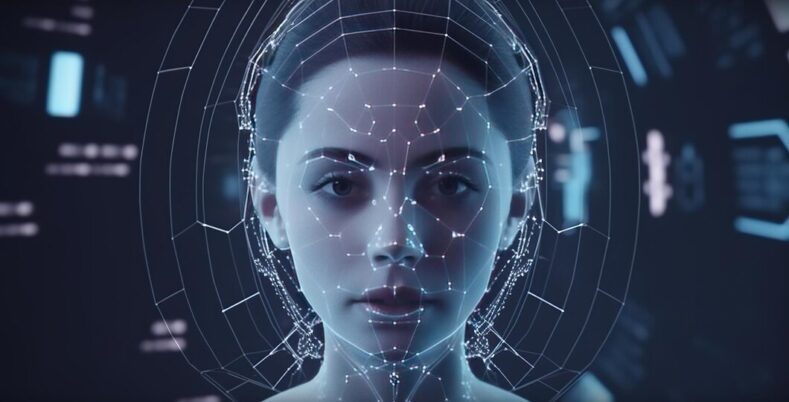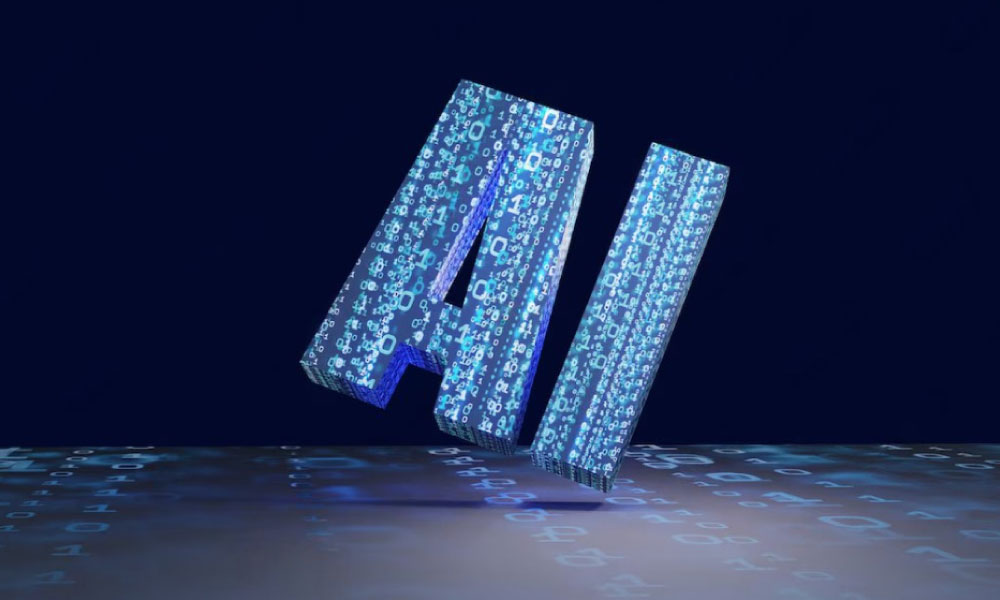Technology can be beneficial and threatening at the same time. It has doubtlessly simplified many complex tasks; however, it has brought cybersecurity concerns also. Deepfake is one of the examples of the technological wave with significant negative impacts. But how deepfake technology works?
Scammers mainly implement deepfakes to harm the reputation of individuals and organizations, do financial scams, spread misinformation, etc. It is important to know thoroughly about such practices as they can create major cyber threats in the upcoming years.
Deepfake constructs forged pictures and videos to mislead people. Imagine if you are a woman, but someone has changed your facial features with a manly beard and circulated over the internet. Sounds scary, right? Deepfakes have similar potential. It uses AI and ML to manipulate media files.
In this blog, we shall understand how deepfake technology works alongside why it is important to identify deepfakes.
How deepfake technology works?
Deepfake is an AI and ML-powered mechanism that has complex algorithms. ML allows it to assess and trace features and attributes in a photo or video. On the other hand, AI supports this technology to swap features and create morphed images and videos quickly. Let us investigate how deepfake technology works.
To fulfill their purpose, deepfakes highly depend on artificial neural networks. Remarkably, it helps identify patterns in proposed data. As soon as it recognizes features, it can reconstruct them to change the facial or bodily attributes of the subjects in a photo or video.
Though its processing algorithms are complicated, using this technology is very easy. Nowadays, anyone can create morphed images and videos. There are several tools and software available in the app stores that people can install and construct misleading content.
The process of creating deepfakes includes artificial neural networks. Users fill these networks with data, mainly photos and videos, to track different attributes of a subject. Once they are identified, they can be changed as well.
Techies call these networks the generative adversarial network, or GAN, that uses discriminator and generator algorithms. These are also machine learning models. Here is how deepfake technology works with GAN:
- The algorithms assess data or media files people provide.
- The generator constructs media based on the samples in the most similar way.
- The discriminator tracks the dissimilarities that the generator fixes afterward.
- The generator manipulates the media samples to create deepfakes.
Impact of Deepfake technology:
The outcomes of deepfakes can be diversely threatening for individuals and their concerned organizations. Identity theft, financial scams, defamation, etc., are the typical results that this mischievous mechanism can cause. Many nations and regions have taken steps against the circulation of synthetic media.
Deepfake creators circulate manipulated media items on the web and ask for money as well as other valuable information to remove the files. Such activity can become a source of misinformation, invade someone’s privacy, elevate cybersecurity concerns, and raise ethical concerns. Therefore, it is crucial to know how deepfake technology works.
The impacts can be more devastating in the upcoming years. Many of our activities lately require identical authentication, such as face and voice recognition. With the gradual evolution of deepfakes, criminals will be able to break into people’s devices, bank accounts, and others to carry out frauds by imitating their faces and voice.
Why is it important to identify deepfakes?
Recognizing deepfakes or synthetic media is essential to keep yourself safe from identity theft and major defamation. We clearly have more friends and contacts on our social media handles than in our personal lives. So, while there are fake pictures and videos, they can mislead a larger public.
Therefore, gaining knowledge and taking steps toward identifying deepfakes are important. Many organizations have taken charge of finding better deepfake identification methods. Microsoft launched its synthetic media identification tool in 2020, followed by Intel in the same year. Additionally, there are other AI-based tools in the market that can help remarkably in deepfake recognition.
Wrapping Up!
With the advent of AI-supported tools, creating deepfakes is easier than anything contemporary. However, people with wrong intentions can negatively leverage this mechanism. There is a detailed explanation of how deepfake technology works in the above. Check out our blogs to gain insights on various tools and software.
You may also like:
Ethical Considerations and Implications of Deepfake Technology
Design that Sells: How to Optimize Your Website for Easy Viewing of Technology Content






